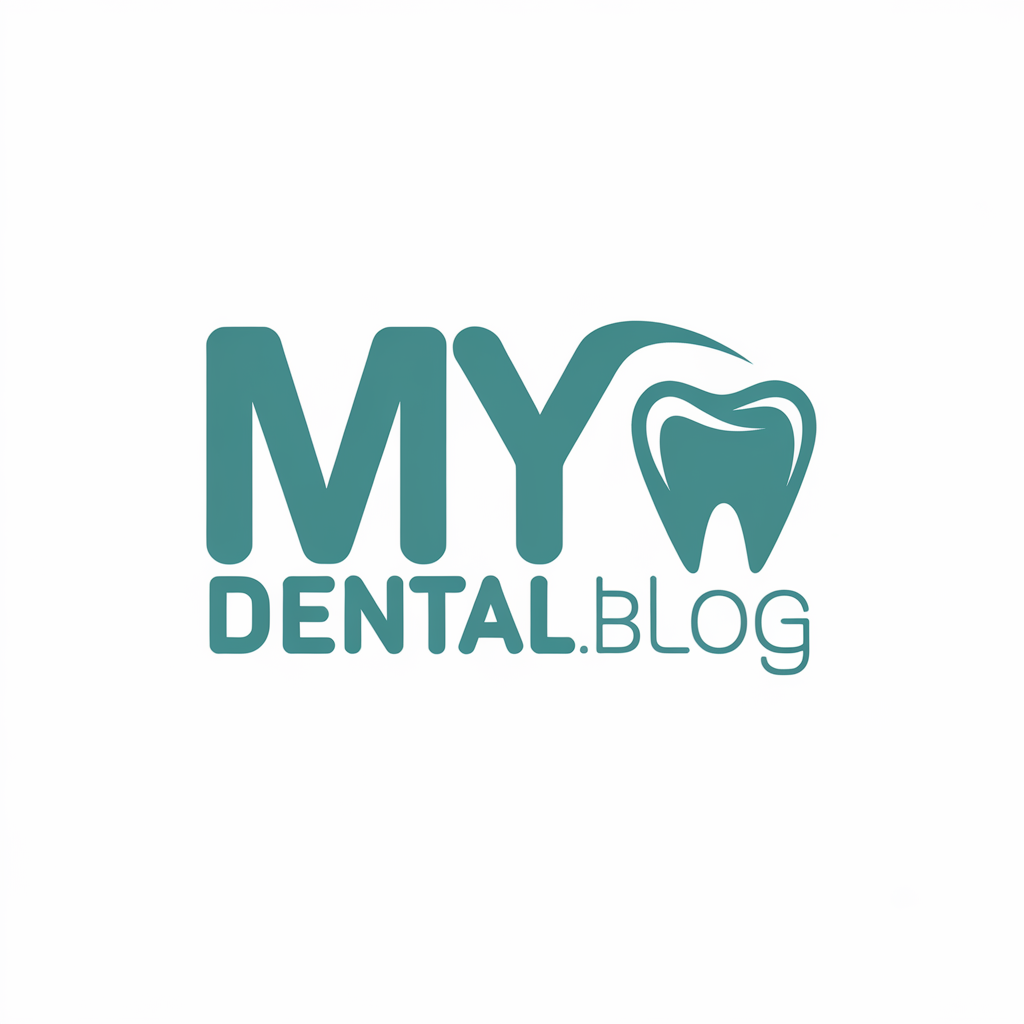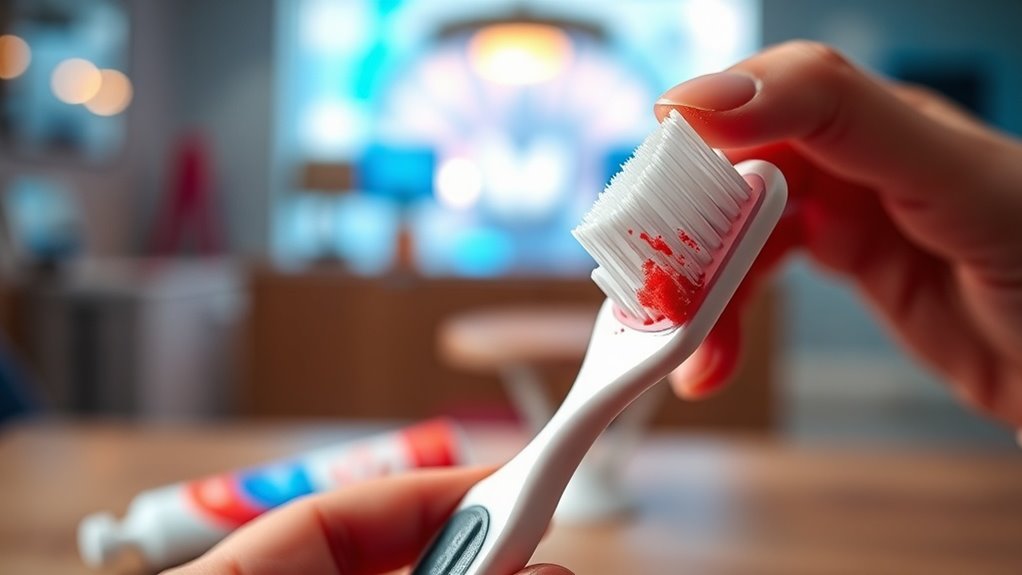Gums Bleeding After Brushing. You’re Probably Making This Mistake!
If your gums bleed after brushing, it’s likely you’re making some common mistakes that could be harming your oral health. Using a hard-bristled toothbrush or brushing too aggressively can irritate your gums, leading to inflammation and bleeding. But that’s not all—there are other factors at play that you might not be aware of. Understanding these can help you achieve healthier gums and a better brushing routine. Curious about what you might be missing?
Understanding Gum Bleeding
Have you ever wondered why your gums bleed after brushing? It can be alarming, and you’re not alone in experiencing this. Often, bleeding gums signal that you might be making some common brushing mistakes. It’s crucial to recognize that your gums are sensitive, and improper techniques can lead to irritation.
Maybe you’re brushing too hard or using a toothbrush with stiff bristles. Both can damage the delicate gum tissue, causing it to bleed.
Additionally, if you skip flossing, plaque can build up, leading to inflammation and discomfort. Aggressive brushing techniques can further exacerbate the issue and contribute to gum recession.
Feeling like you belong to a community that cares about oral health is essential, so don’t hesitate to reach out for advice and support. By understanding these causes of gum bleeding, you can take charge of your dental hygiene and foster healthier gums.
Common Brushing Mistakes
Many people unknowingly adopt brushing habits that can exacerbate gum issues. You might be brushing too hard or using the wrong technique, leading to discomfort and bleeding.
Here are some common mistakes to watch out for:
- Using a hard-bristled toothbrush****: This can damage your gums and enamel.
- Brushing too quickly: Rushing through your routine means you might miss spots, increasing plaque buildup.
- Neglecting the gum line****: Focusing only on teeth ignores the area where gum disease often starts.
- Skipping regular dental check-ups****: Without professional guidance, you may not catch developing issues early on.
Being mindful of these habits can help you maintain healthy gums and a bright smile. Additionally, good oral hygiene is essential for preventing serious health issues, so don’t underestimate the importance of your daily routine.
You’re not alone in this journey—many face similar challenges, and together, we can strive for better oral health.
The Impact of Excessive Pressure
While you might think that applying more pressure will result in cleaner teeth, using excessive force when brushing can actually harm your gums. Many people believe that scrubbing harder will make their oral hygiene routine more effective, but this isn’t the case.
In fact, brushing too aggressively can lead to gum recession, sensitivity, and bleeding. Gentle, circular motions are more effective and can help maintain healthy gums and enamel.
You want your smile to shine and feel confident in your dental health, so it’s essential to adopt a gentler approach. Instead of pressing down hard, focus on using soft, circular motions to clean your teeth effectively without damaging your gums.
Choosing the Right Toothbrush
Selecting the right toothbrush can make a significant difference in your oral health. You want to feel confident while taking care of your smile, and the right brush is key. Here are four tips to help you choose wisely:
-
Bristle Type: Opt for soft bristles. They’re gentle on your gums while still effective in cleaning your teeth.
-
Size Matters: Choose a brush head that fits comfortably in your mouth. This ensures you can reach every corner easily.
-
Handle Design: Look for a toothbrush with a comfortable grip. A good handle helps you maintain control while brushing.
-
Electric vs. Manual: Consider your preference. Both types can be effective, but an electric brush might make it easier to maintain the right technique. Additionally, using a toothbrush with soft bristles can help prevent gum irritation and bleeding.
Proper Brushing Technique
To ensure your oral health stays in top shape, mastering the proper brushing technique is essential. Start by holding your toothbrush at a 45-degree angle to your gums. This position allows you to reach that tricky gum line where plaque loves to hide.
Use gentle, circular motions, rather than aggressive back-and-forth scrubbing. A light touch can prevent irritation and keep your gums healthy.
Don’t forget to brush for at least two minutes! Divide your mouth into quadrants and spend about 30 seconds on each. Make sure to cover every surface: outer, inner, and chewing surfaces.
Don’t rush; this is your time to care for yourself.
Lastly, remember to brush your tongue gently to remove bacteria and freshen your breath. By using the right technique, you’re not just brushing your teeth—you’re investing in your overall health and confidence. Additionally, vitamin deficiencies can contribute to gum issues, so maintaining a balanced diet is vital for gum health. You’re part of a community that values their smile!
Tips for Healthier Gums
Maintaining healthy gums is crucial for your overall oral health, so it’s important to adopt a few effective habits.
You’re not alone in this journey, and together, we can achieve great results. Here are some tips for healthier gums:
-
Brush Twice Daily: Make it a habit to brush your teeth at least twice a day using fluoride toothpaste. This helps remove plaque and prevents gum disease.
-
Floss Daily: Don’t skip flossing! It reaches the areas your toothbrush can’t, helping to remove food particles and plaque between your teeth.
-
Stay Hydrated: Drinking plenty of water keeps your mouth moist, washes away food particles, and helps maintain gum health.
-
Visit the Dentist Regularly: Regular check-ups allow your dentist to catch any issues early, keeping your gums in tip-top shape.





